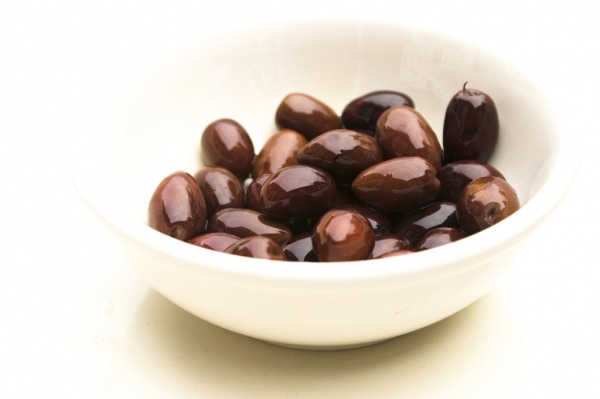Facts About Kalamata olive
Kalamata olives are a prominent, dark purple variety celebrated for their smooth, meaty texture. Named after the city of Kalamata in Greece, these olives are often savored as table olives and are typically preserved in wine vinegar or olive oil. Within the European Union, "Kalamata" has PDO (Protected Designation of Origin) status, signifying that only olives from the Messinia region of Greece can bear this name. Outside the EU, similar olives grown in other regions are generally referred to as Kalamon olives.
These olives are almond-shaped and plump, and their deep purple color makes them easily identifiable. They are hand-picked to prevent bruising and classified as black olives. While Kalamata olives are cultivated in various parts of the world, including the United States and Australia, they must be harvested when fully ripe rather than green. The olive trees are sensitive to cold and susceptible to certain diseases, although resistant to others.
There are two primary methods for preparing Kalamata olives: the short method and the long method. The short method involves soaking the olives in water or weak brine for approximately a week to remove their bitterness, then packing them in brine, wine vinegar, and olive oil. The long method requires slitting the olives and soaking them in strong brine for up to three months to achieve the same effect. Despite these processes, Kalamata olives retain a level of polyphenols, which impart their slightly bitter taste.
Kalamata olives are known by various names in different regions, reflecting their widespread cultivation and popularity.

 North Macedonia
North Macedonia